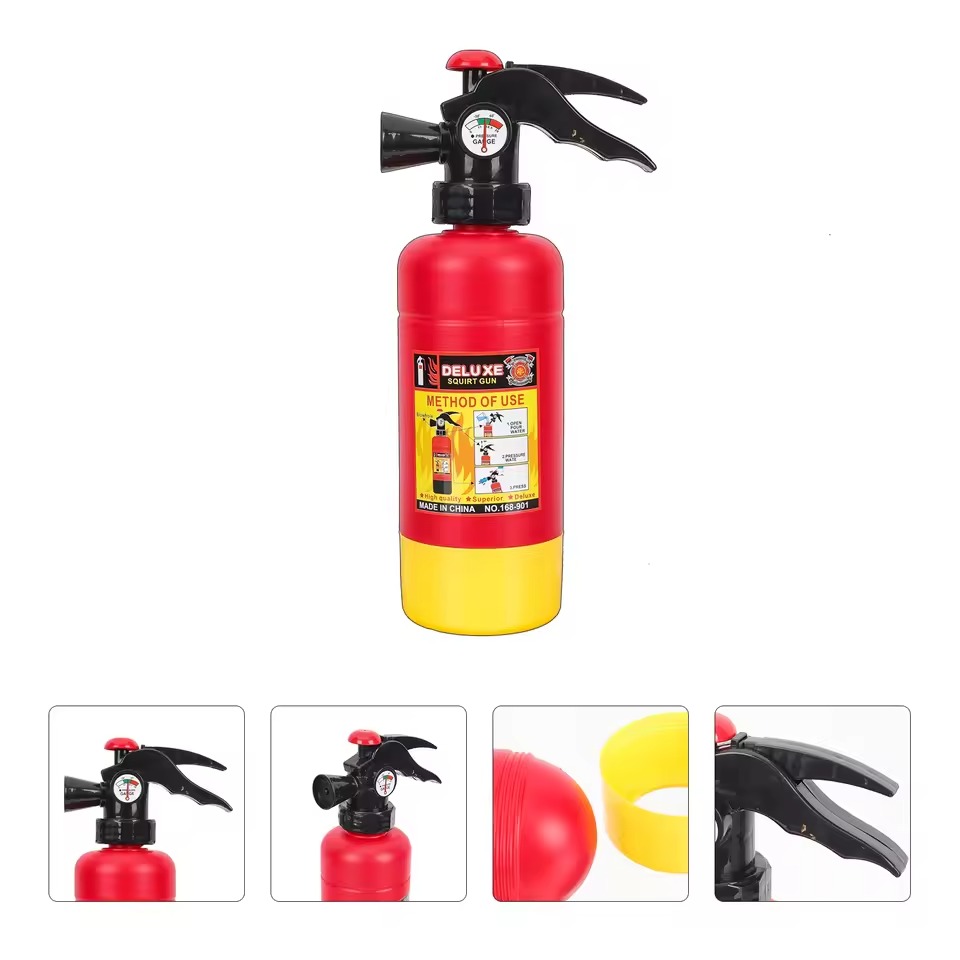Fire extinguishers are essential safety devices that can help control small fires. However, like all safety equipment, they have a lifespan and, at some point, need to be disposed of safely. Knowing how to dispose of a fire extinguisher is critical for both environmental safety and compliance with local regulations. In this ultimate guide, we will cover everything you need to know about safely disposing of a fire extinguisher, including when to dispose of it, the steps to do so, and alternatives if you don’t know how to dispose of it.
Why Fire Extinguisher Disposal is Important
Understanding Hazardous Waste
Fire extinguishers contain chemicals that can be hazardous if not disposed of properly. Most extinguishers include pressurized gases and extinguishing agents such as dry chemicals, foam, or water, all of which can be harmful to the environment. If these substances leak into the ground or waterways, they may have detrimental effects on local ecosystems, plants, and animals. Thus, ensuring proper disposal methods protects both public health and the environment.
Legal Regulations
In many jurisdictions, improper disposal of hazardous waste can lead to legal penalties, including fines and legal action. Most fire extinguishers can’t simply be thrown away in a regular dumpster, as this could violate local waste management laws. It is crucial to familiarize yourself with the hazardous waste disposal laws in your area, as they can differ from state to state or even city to city. Knowing the regulations will help you comply with the law while also keeping your community safe.

Identifying When to Dispose of a Fire Extinguisher
Lifespan and Maintenance
Fire extinguishers have a finite lifespan, usually ranging from 5 to 15 years, depending on their type and brand. Always check the manufacturer’s instructions for specific guidelines. In general, it is a good practice to inspect your fire extinguisher annually. Look for signs of wear and tear, like rust or corrosion, as this may indicate that the extinguisher cannot function effectively in an emergency.
Expiration Dates and Signs of Use
Most extinguishers have an expiration date stamped on the label. If you have used your fire extinguisher, even partially, it should be disposed of, as the remaining contents can degrade over time. Signs of damage, leakage, or a faulty gauge needle can also be cause for disposal. Ensure you take action immediately when you notice these issues, as having a working fire extinguisher is crucial for safety.
Preparing a Fire Extinguisher for Disposal
Safety Measures Before Disposal
Before disposing of a fire extinguisher, make sure to take the necessary safety precautions. Wear gloves and a mask to protect yourself from any hazardous materials that might escape during the disposal process. Always release pressure from the extinguisher before disposal. This typically involves activating the trigger while pointing it safely away from you and others. Make sure to do this in an open space, away from flammable materials.
Check for Local Guidelines
Local guidelines often dictate how to handle fire extinguishers. Before taking any further steps, consult with your local fire department or waste management authority for specific instructions applicable to your area. Some communities might have designated drop-off points, while others offer scheduled collection days for hazardous waste. Being informed will streamline your disposal process and ensure compliance with laws and guidelines.
Options for Disposal
Contacting Local Authorities
One of the safest disposal methods is to contact your local fire department or hazardous waste management facility. Many fire departments will accept old fire extinguishers for proper disposal or recycling. They may even have established programs or events aimed at educating the public about safe disposal methods. Taking the initiative to contact them could provide you with valuable information on how to safely dispose of your extinguisher.
Recycling and Donation
In some places, fire extinguishers can be recycled or refurbished. If the extinguisher is still functional, some organizations and fire departments might accept donations. Local fire academies or safety training courses often look for non-expired equipment for training purposes. Just ensure that the extinguisher is fully functional and free from hazardous chemicals before proceeding with this option.
Alternative Methods for Disposal
Mail-In Programs
Some manufacturers and waste management companies offer mail-in programs for disposing of old fire extinguishers. This service often includes sending you a prepaid shipping label allowing you to send your extinguishers for proper disposal. These programs are not only hassle-free but also environmentally responsible, ensuring that the extinguishers are handled by professionals adept at dealing with hazardous materials.
Professional Hazardous Waste Disposal Services
If you are looking for a more comprehensive solution or if you have a large number of extinguishers to dispose of, consider hiring a professional hazardous waste disposal service. These companies specialize in handling various types of hazardous materials and can ensure that your extinguishers are disposed of safely and in compliance with local laws. While this option can be more costly, it provides peace of mind, particularly if you’re not confident in handling the disposal yourself.

Frequently Asked Questions about Fire Extinguisher Disposal
What types of fire extinguishers can be disposed of in regular waste?
Most fire extinguishers should not be disposed of in regular waste. This includes dry chemical extinguishers, foam extinguishers, and any other type of pressurized unit. Only empty, non-hazardous waste materials can typically be disposed of in regular trash. Always check local laws for specific regulations.
What should I do if my fire extinguisher is empty?
If your fire extinguisher is completely empty, many local waste management facilities will allow you to dispose of it in regular trash, though this is still subject to local guidelines. Some municipalities offer a recycling program for metal containers, so check first before disposal.
Helpful Tips for Fire Extinguisher Maintenance
Regular Checks and Servicing
Maintaining your fire extinguisher is crucial for ensuring its effectiveness in an emergency. Regularly check the pressure gauge, inspect for any physical damage such as dents or rust, and ensure that the nozzle is unobstructed. Having your extinguisher serviced by a professional at least once a year can also help ensure that it remains functional.
Keeping Records
Maintain a log of inspections and services for your fire extinguishers. Note down the purchase date, maintenance schedule, and any repairs made. This will not only help you track the lifespan but also remind you when it’s time to dispose of and replace the extinguisher.

Conclusion: Taking Responsibility for Fire Safety
Promoting Community Awareness
Disposing of a fire extinguisher may seem like a small detail, but it’s a crucial step in ensuring both personal safety and environmental health. By understanding the proper disposal methods, you take responsibility not just for your safety but also for your community’s well-being.
Final Words on Fire Safety
Equipped with the knowledge presented in this guide, you can effectively dispose of fire extinguishers when the time comes. The emphasis on individual responsibility is reinforced by knowing how to handle these crucial safety devices. Whether you are contacting local waste management, recycling, or seeking professional help, your proactive approach can make a difference in fire safety awareness. Always remember: safety starts with you!


